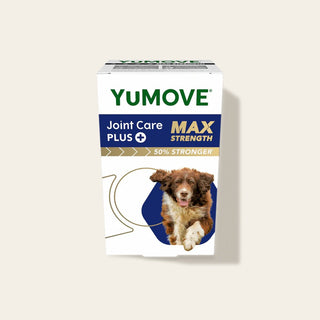

How different surfaces affect your joints
Have you ever wondered if the ground you run or walk on affects your joints? Well… it can!
With each stride, your joints are subjected to impact shocks from the floor, while inclines and declines can also put additional strain on your joints. While all surfaces have their pros and cons, some are certainly easier on your body than others. Here’s a summary of how different surfaces affect your joints, ranked from worst to best.
The advantages and disadvantages of different surfaces for your joints
Concrete
At first glance, this even surface seems harmless. The level terrain makes walking or running smoother and decreases the chance of tripping. However, hardened surfaces like concrete can place significant strain on your hips, knees, and ankles because the solid ground doesn’t absorb any of the impact. Instead, your joints and muscles take on all the force.
Sand
Sand is an extremely soft and unstable surface. When running or walking on it, you're more prone to mishaps such as a twisted ankle. Plus, if the sand is sloped, it can cause uneven stress on the rest of the body, contributing to strain and stiffness.
Tarmac and asphalt
Paved asphalt or tarmac surfaces tend to be more even and softer than most running surfaces, so put less strain on joints and tissues such as the Achilles tendon. But these surfaces can still affect the shins. Like concrete, tarmac and asphalt don’t fully absorb the shock as your feet hit the floor.
Hills
Going up and downhill uses the same general muscle groups as walking but makes them work much harder and can also put more strain on the knees and other joints. Hill walks and runs come with a host of benefits, such as building endurance, increasing strength, and potentially helping to develop power and speed. At the same time, though, you need to be mindful not to over-exert yourself.

Grass
Thanks to its soft, fluffy form, grass is a low-impact surface for walking or running. The uneven terrain of many grassy areas can also help to develop leg strength and stability, as your legs have to work harder to keep you level. On the other hand, this unevenness can also contribute to muscle strain and can be a trip hazard – especially if the grass itself is slippery from rain.
Treadmills
The biggest advantage of walking and running on a treadmill is that it provides a completely even surface with built-in cushioning that helps significantly reduce strain on joints and removes tripping hazards. Just be sure not to go too fast, and always opt for treadmills that have an emergency stop tether, to quickly shut the treadmill off if you do trip.
Running tracks
Unsurprisingly, rubber running tracks are a great surface for walking, jogging, or running. They cause less stress to the joints than asphalt and sand, with a softer, flatter and more even surface. However, navigating the turns of the track can cause additional strain on the hips and knees.
The best surface to walk, jog and run on
Most surfaces have pros and cons when it comes to the way they can affect your joints. You’ll need to figure out which one works best for your body and the activity you’re doing. We recommend mixing it up every now and then. Opt for walking and running on a variety of surfaces to keep your outings interesting and to build up strength in various muscles and joints.
The importance of good footwear
When it comes to avoiding joint stiffness or injury, the right footwear is essential. Always choose proper sports-specific trainers that absorb impact and support your joints. A decent pair of running shoes will not only cushion your feet but also offer arch support, help prevent injuries, and even increase athletic performance. Remember, always buy the right size and fit for your feet!
Regular physical activity is wonderfully beneficial for both mood and physical health. Whether you’re walking, running, cycling, doing yoga or dancing – we’re big advocates for staying active. For a bit of extra support in leading your most active life, why not try iMOVE Active – our high-quality joint supplement for women and men?




